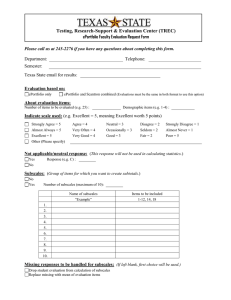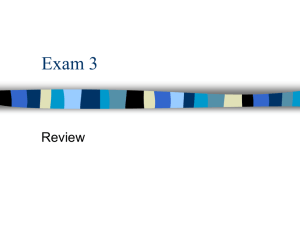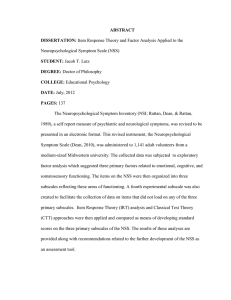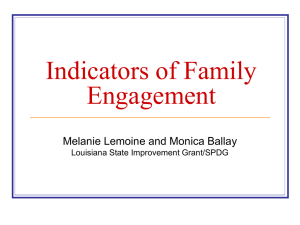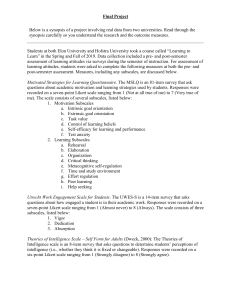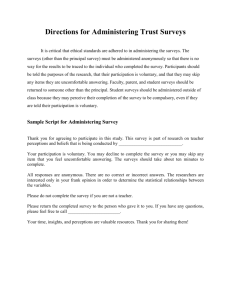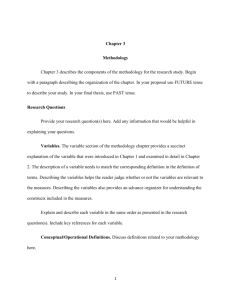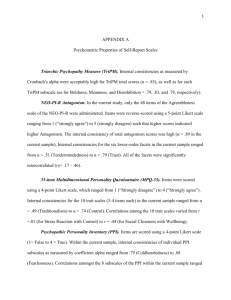TELL and DSCS-T Comparison
advertisement
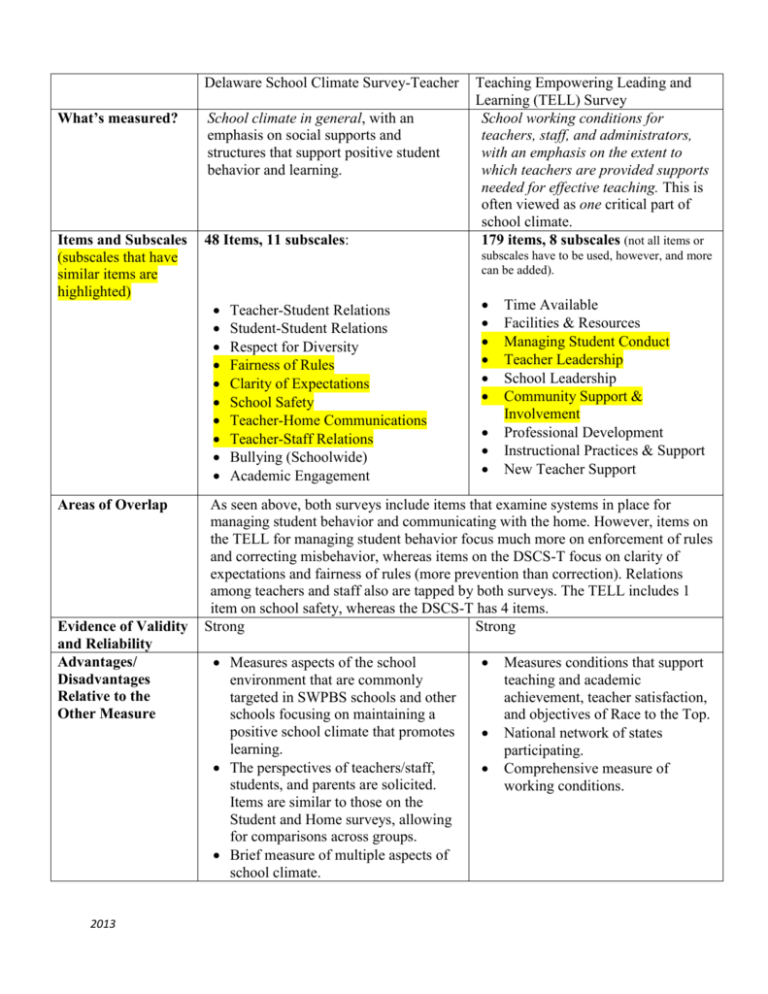
Delaware School Climate Survey-Teacher What’s measured? School climate in general, with an emphasis on social supports and structures that support positive student behavior and learning. Items and Subscales (subscales that have similar items are highlighted) 48 Items, 11 subscales: subscales have to be used, however, and more can be added). Areas of Overlap Evidence of Validity and Reliability Advantages/ Disadvantages Relative to the Other Measure 2013 Teaching Empowering Leading and Learning (TELL) Survey School working conditions for teachers, staff, and administrators, with an emphasis on the extent to which teachers are provided supports needed for effective teaching. This is often viewed as one critical part of school climate. 179 items, 8 subscales (not all items or Teacher-Student Relations Student-Student Relations Respect for Diversity Fairness of Rules Clarity of Expectations School Safety Teacher-Home Communications Teacher-Staff Relations Bullying (Schoolwide) Academic Engagement Time Available Facilities & Resources Managing Student Conduct Teacher Leadership School Leadership Community Support & Involvement Professional Development Instructional Practices & Support New Teacher Support As seen above, both surveys include items that examine systems in place for managing student behavior and communicating with the home. However, items on the TELL for managing student behavior focus much more on enforcement of rules and correcting misbehavior, whereas items on the DSCS-T focus on clarity of expectations and fairness of rules (more prevention than correction). Relations among teachers and staff also are tapped by both surveys. The TELL includes 1 item on school safety, whereas the DSCS-T has 4 items. Strong Strong Measures aspects of the school environment that are commonly targeted in SWPBS schools and other schools focusing on maintaining a positive school climate that promotes learning. The perspectives of teachers/staff, students, and parents are solicited. Items are similar to those on the Student and Home surveys, allowing for comparisons across groups. Brief measure of multiple aspects of school climate. Measures conditions that support teaching and academic achievement, teacher satisfaction, and objectives of Race to the Top. National network of states participating. Comprehensive measure of working conditions.
